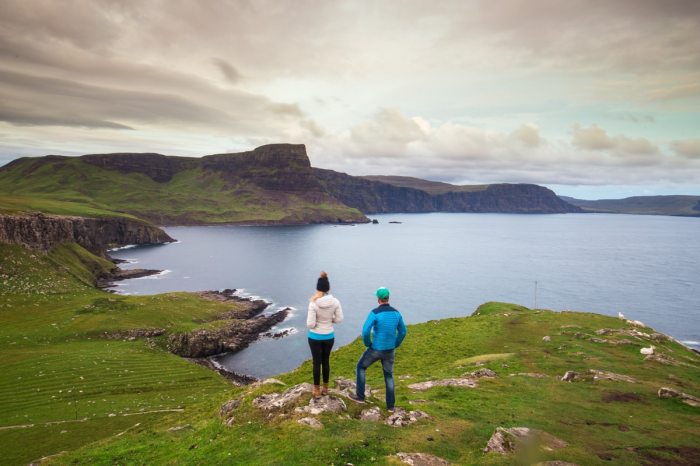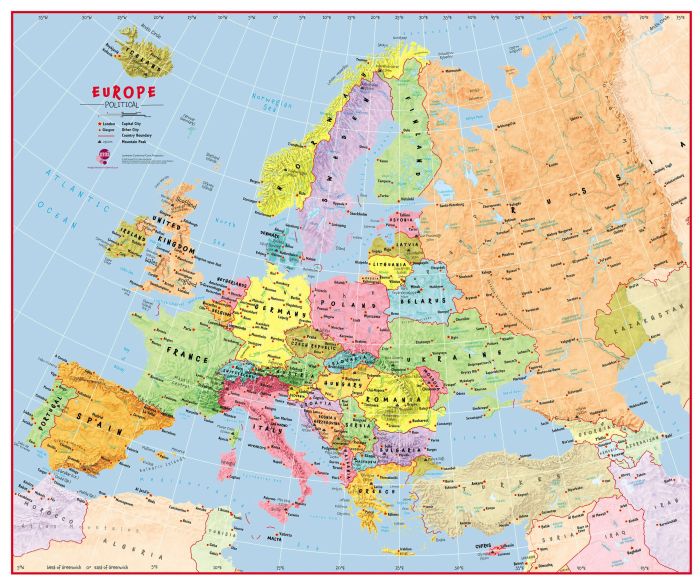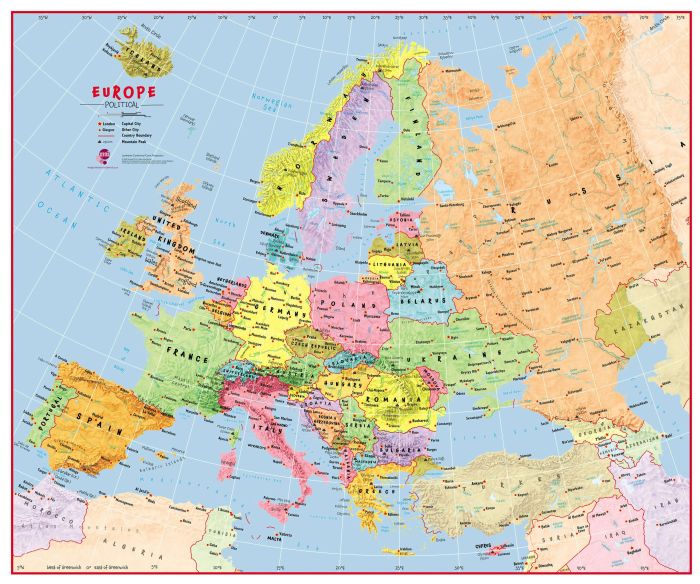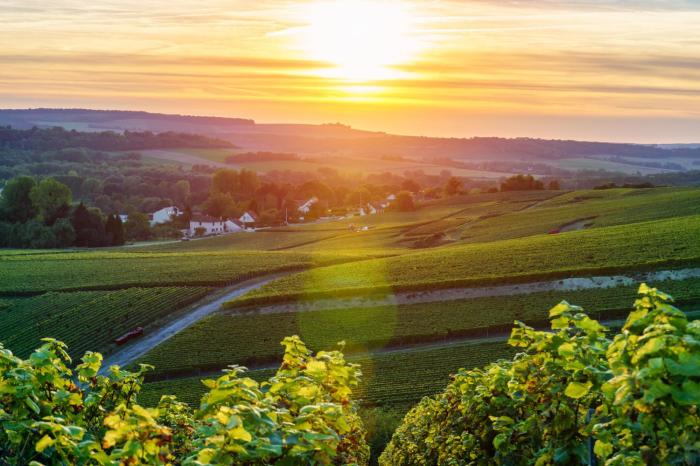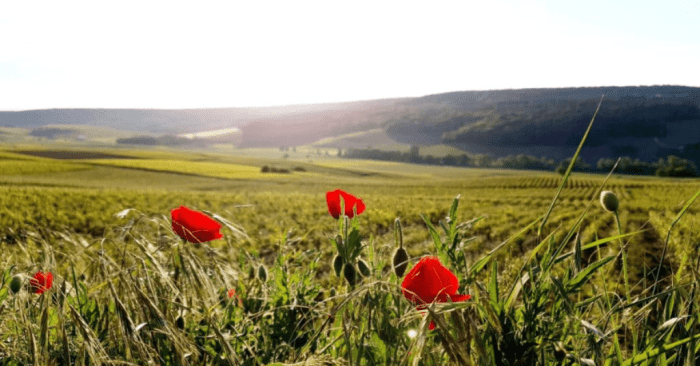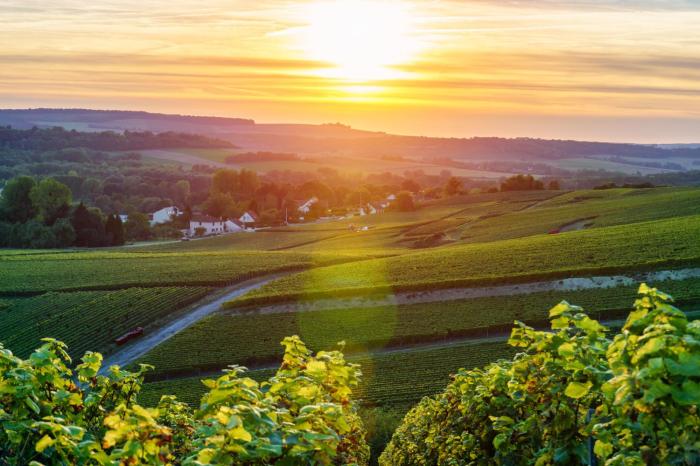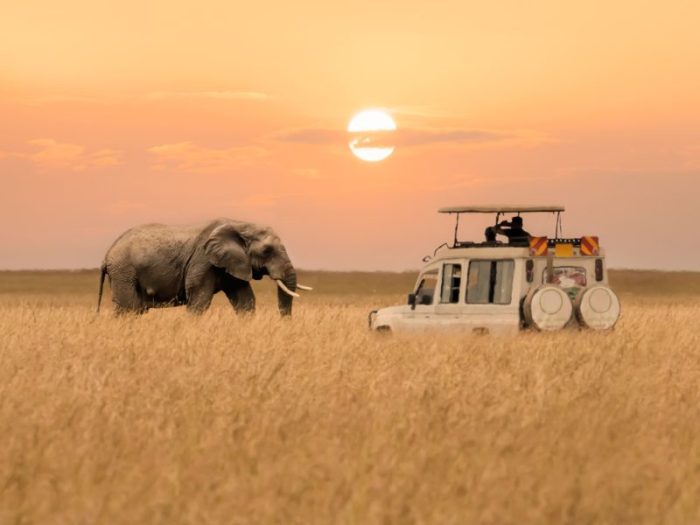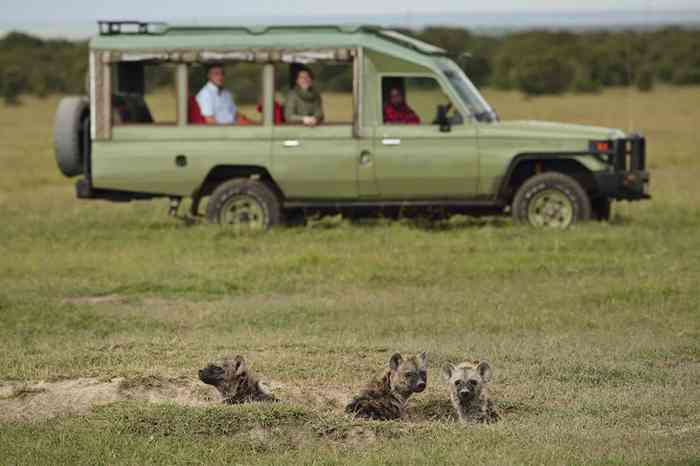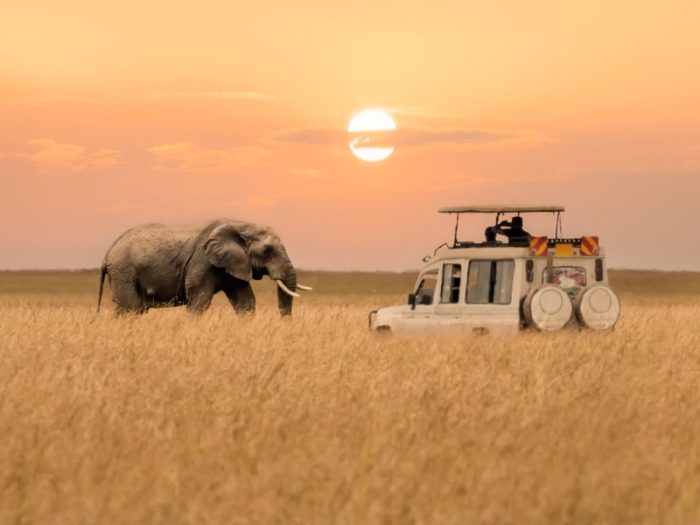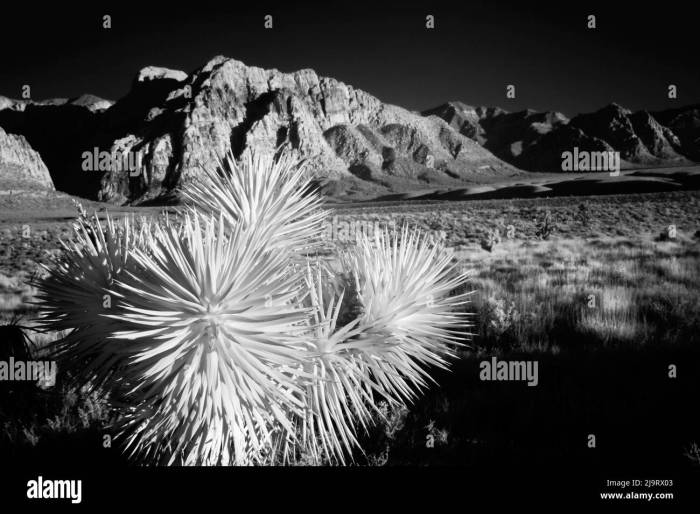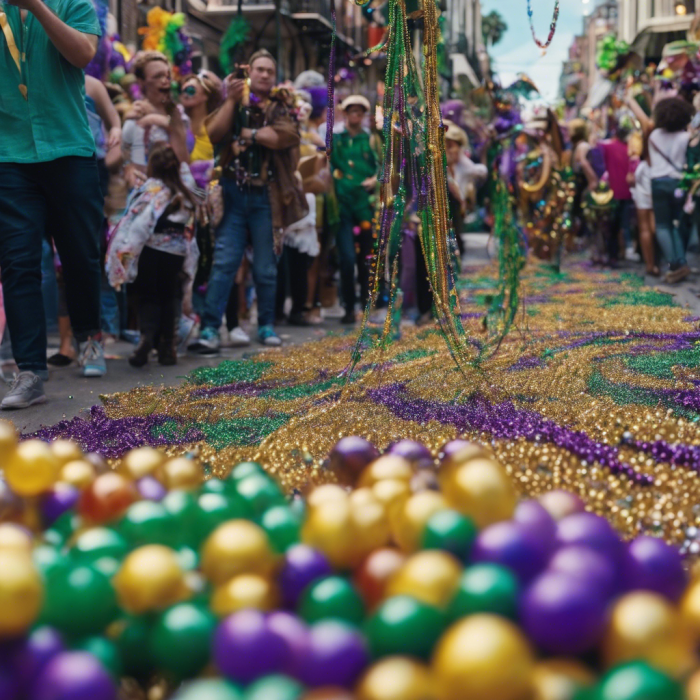Photographing Isle of Skye Scotland unveils a breathtaking tapestry of landscapes, from rugged mountains to serene lochs and dramatic coastal vistas. This exploration delves into the best times to capture these stunning scenes, highlighting the unique light and color of the Scottish highlands. We’ll also explore the wildlife opportunities, architectural marvels, and practical tips for planning your own photographic adventure on Skye.
Skye’s diverse scenery offers unparalleled photographic potential. From the dramatic rock formations of the Quiraing to the crystal-clear waters of the Fairy Pools, each location boasts its own unique aesthetic qualities. We’ll compare these spots, offering insights into the best time of year and lighting conditions for capturing the most captivating images. We’ll also look at the island’s wildlife, from red deer to puffins, and discuss how to capture their beauty with patience and the right techniques.
Plus, we’ll explore the island’s architectural heritage and learn how to photograph traditional crofts and modern buildings.
Isle of Skye Landscapes
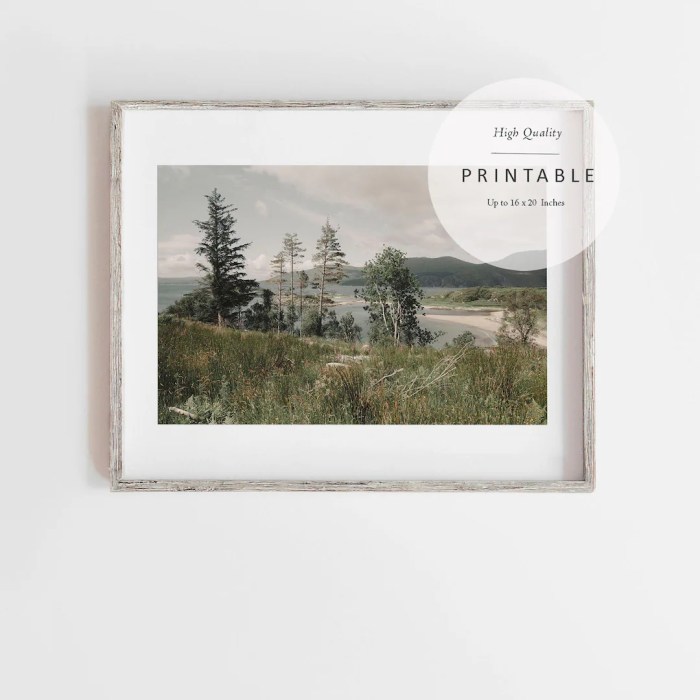
Skye’s breathtaking beauty stems from its diverse landscapes, a photographer’s dream. From towering mountains to serene lochs and dramatic coastal cliffs, the island offers a unique visual tapestry that shifts with the seasons. Capturing the essence of Skye requires understanding its light, its weather, and the best times to visit for optimal photographic results.
Skye’s Diverse Landscapes
The Isle of Skye boasts a stunning array of landscapes. Towering mountains, like the Cuillin, dominate the skyline, their jagged peaks piercing the clouds. Serene lochs, like Loch Coruisk, reflect the surrounding peaks in their still waters, creating a sense of peace and tranquility. The dramatic coastal areas, with their dramatic cliffs and crashing waves, offer a powerful display of nature’s raw energy.
These contrasting elements – mountains, lochs, and coast – combine to create a unique visual experience that photographers can interpret in countless ways.
Best Times to Photograph Skye
The weather patterns on Skye play a significant role in the photographic experience. Summer offers long daylight hours and often pleasant weather, perfect for exploring the island’s diverse landscapes. Early autumn brings vibrant colours as the leaves change, creating a spectacular backdrop for your photos. However, be prepared for potential rain showers, especially in the mountains. Winter offers a unique opportunity to capture the island’s dramatic beauty under a blanket of snow.
However, access might be limited, and visibility could be challenging. Spring is another fantastic time, with wildflowers blooming and the landscape awakening. Knowing the weather patterns is essential to capturing the best light and avoiding harsh conditions.
Skye’s Unique Light
Skye’s light is renowned for its unique qualities. The interplay of clouds, sunlight, and shadow creates a constantly shifting palette of colours and textures. The low-angle light during sunrise and sunset, known as the golden hour, casts a warm, inviting glow on the landscapes, enhancing the textures and colours. The soft light of overcast days can create a soft, ethereal atmosphere, ideal for capturing the subtle details of the landscape.
Understanding how light interacts with Skye’s landscapes is crucial for creating compelling photographs.
Capturing Dramatic Contrasts and Colors
Skye’s dramatic contrasts are a hallmark of its beauty. The rugged mountains meet the serene lochs, creating striking visual comparisons. The colours of the landscape, from the deep greens of the valleys to the blues of the lochs and the browns of the mountains, combine to create a rich tapestry. Photographers should strive to capture these contrasts in their images, highlighting the diversity and grandeur of the Scottish highlands.
Using a range of exposures can help bring out the depth of colour and tone in your photographs.
Visual Qualities of Different Skye Locations
| Location | Aesthetic Qualities | Best Time of Year | Lighting Conditions |
|---|---|---|---|
| Quiraing | Dramatic rock formations, vibrant colours, and a sense of wildness. The unique shapes and patterns of the rocks provide a fascinating subject for photographers. | Summer, early autumn (for the vibrant colours). | Golden hour (sunrise and sunset) is ideal for capturing the warm tones and shadows. |
| Fairy Pools | Crystal-clear water, lush greenery, and a tranquil atmosphere. The reflection of the surrounding landscape in the water adds to the visual appeal. | Spring, Summer. | Soft light (during overcast days or early morning/late afternoon) is ideal to capture the subtle details of the pools and the surrounding vegetation. |
Photographing Skye’s Wildlife
The Isle of Skye boasts a rich tapestry of wildlife, from majestic birds of prey to elusive creatures of the moorland. Capturing these moments on film requires a unique blend of patience, understanding of animal behaviour, and a keen eye for detail. This section will delve into the types of wildlife you might encounter, the best approaches for photographing them, and the importance of respecting their natural habitats.
Common Wildlife on Skye
Skye’s diverse landscapes support a wide array of species. From the dramatic coastal cliffs to the rolling hills, you’ll find a range of birds, mammals, and insects. Red deer, for example, are a common sight in the highland meadows. Look out for the majestic golden eagles soaring above, and the playful otters along the shoreline. Insects, like butterflies and dragonflies, flit through the meadows and along the streams.
Capturing the rugged beauty of the Isle of Skye, Scotland, is a photographer’s dream. The dramatic landscapes and misty peaks offer endless possibilities for stunning shots. Thinking about the sheer distance involved in a flight like the longest US domestic flight Boston Hawaii , it makes you appreciate the journey to reach such breathtaking scenery even more.
Ultimately, Skye’s allure is undeniable, and a camera just can’t do it justice.
Coastal areas are home to seabirds, including puffins during their breeding season. Understanding the behaviour of these animals is key to capturing compelling images.
Approaches for Wildlife Photography
Patience and stealth are paramount in wildlife photography. Approaching animals with respect and caution is crucial for their well-being and for capturing natural, unposed images. Avoid sudden movements or loud noises, and try to blend into the surroundings. Use a telephoto lens to maintain a safe distance and capture detailed shots without disturbing the animals. A tripod will be invaluable for sharper images, especially in low-light conditions, when photographing birds or animals in motion.
Understanding Wildlife Behavior
Understanding animal behaviour is essential for predicting their movements and anticipating compelling photographic opportunities. Observe their routines, such as feeding times or resting places, to plan your approach. Knowing their typical behaviour patterns allows you to position yourself for the best shots. For example, red deer are often more active at dawn and dusk. By anticipating their behaviour, you can increase your chances of capturing dynamic images.
Unique Wildlife Photography Opportunities on Skye, Photographing isle of skye scotland
Skye offers unique opportunities for wildlife photography. The dramatic coastal cliffs provide excellent vantage points for photographing seabirds, particularly during the breeding season. The rugged highlands offer opportunities to capture red deer in their natural habitat. The variety of landscapes and species makes Skye a photographer’s paradise. Look for the distinctive plumage of the golden eagle against the dramatic backdrop of the mountains.
These locations offer the opportunity to capture truly exceptional wildlife photographs.
Photographic Conditions for Different Species
| Species | Habitat | Ideal Time of Day | Equipment Considerations |
|---|---|---|---|
| Red Deer | Highland meadows | Dawn/Dusk | Telephoto lens, tripod |
| Golden Eagle | Mountains, cliffs | Anytime, especially during flight | High-quality telephoto lens, tripod, fast shutter speed |
| Puffins | Coastal cliffs | Summer | High-speed shutter, telephoto lens, possibly waterproof housing |
| Otters | Riverbanks, coastal areas | Anytime | Telephoto lens, good low-light performance, potentially stealthy approach |
Architectural and Cultural Photography
Skye’s architectural tapestry is a fascinating blend of historical tradition and modern adaptation. From the weathered stone walls of ancient crofts to the sleek lines of contemporary homes, the island offers a rich visual narrative. Capturing these structures requires understanding their cultural significance and employing appropriate photographic techniques to convey the island’s unique atmosphere. The interplay of light and shadow, textures, and compositions are key elements in conveying the story behind each building.This exploration will delve into the different architectural styles found on Skye, highlighting their cultural context and offering practical tips for capturing compelling photographs.
Capturing the Isle of Skye’s stunning landscapes is a photographer’s dream. From the dramatic cliffs to the misty lochs, the island offers endless photo opportunities. While exploring the Scottish Highlands, you might also want to check out the fantastic new food and drink scene in Sofia, like sampling Sofia’s best new food and drink spots. Back to Skye, the vibrant colours and unique textures are sure to inspire any photographer.
We’ll examine the best times of year to photograph these structures, and discuss how to use composition to emphasize their unique features and the surrounding environment. The goal is to move beyond simple documentation and create images that evoke the spirit of Skye.
Traditional Croft Houses
The traditional croft houses of Skye, often built from local stone and featuring thatched roofs, are a testament to the island’s agricultural heritage. These structures embody a way of life that has endured for centuries, and their presence speaks volumes about Skye’s history. Their simple forms and weathered surfaces hold a timeless beauty, and their integration with the landscape is remarkable.
- Stone Construction and Textures: The rugged stonework of the crofts offers a multitude of visual textures. Photographers should explore these textures, emphasizing the variations in stone colour, grain, and surface patterns. Employing different focal lengths and angles can highlight these details. A close-up shot of a section of wall can reveal the intricate patterns created by the stones, while a wider shot can demonstrate how the building integrates with the surrounding landscape.
- Thatched Roofs and their Significance: The thatched roofs of the crofts add a unique aesthetic dimension. Their organic forms and varied colours are a striking contrast to the stone walls. The craftsmanship in the thatch construction can also be a focal point. Consider photographing the roof from various angles to capture its intricate patterns and the way light interacts with it.
- Environmental Context: The best photographs of crofts often emphasize their relationship with the natural surroundings. Include the surrounding vegetation, the sky, and any elements of the landscape to create a stronger sense of place. Capturing the interaction between the built environment and the natural world is crucial in conveying the crofting culture’s deep connection to the land.
Modern Buildings
Skye also boasts a range of modern architecture, showcasing a different aspect of the island’s evolution. These buildings, while often contrasting with the traditional style, often incorporate elements that reflect the island’s environment and aesthetic. These buildings offer new opportunities for architectural photography, allowing for exploration of different forms and perspectives.
- Contemporary Design Elements: Modern buildings often utilize a variety of materials and design elements. Focus on capturing the shapes, lines, and colours of the building itself. Look for the interplay of light and shadow, and how these elements define the building’s structure.
- Integration with Landscape: Modern structures often demonstrate an effort to integrate with the natural surroundings. Photographers should look for how the buildings are situated within the landscape, emphasizing the harmony or contrast between the man-made and natural elements. This can involve capturing the building from a distance to show its relation to the surrounding hills and valleys.
- Light and Shadow: The play of light and shadow can dramatically impact the mood of a photograph. Photographers should be mindful of the time of day and the angle of the sun when capturing images of modern buildings, taking advantage of natural light to enhance the architectural details.
Composition Tips
Careful composition is vital in capturing compelling images of Skye’s architecture.
- Leading Lines: Use natural elements like roads, paths, or streams as leading lines to draw the viewer’s eye towards the subject. This technique can effectively highlight the architectural features.
- Rule of Thirds: Employ the rule of thirds to position the building within the frame in a visually engaging way, creating a balanced and dynamic composition.
- Framing: Use natural elements like trees or arches to frame the building, adding depth and context to the image.
Best Time of Year
The best time to photograph Skye’s architectural elements is often during the spring or autumn seasons. The changing colours of the landscape provide a stunning backdrop to the structures.
Capturing the Isle of Skye’s stunning landscapes was incredible. However, my recent trip was somewhat marred by a luggage mishap. Checking out holiday airlines lost luggage report here really highlighted the importance of proper travel insurance. Thankfully, most of my photography gear survived the ordeal, allowing me to still document the breathtaking scenery and unique wildlife of this Scottish gem.
| Architectural Style | Characteristics | Best Time of Year | Composition Tips |
|---|---|---|---|
| Traditional Croft Houses | Stone construction, thatched roofs | Spring/Autumn | Highlight textures, use leading lines |
| Modern Buildings | Contemporary design, various materials | Late Afternoon/Early Morning | Focus on light and shadow, consider integration with landscape |
Practical Tips for Photographing Skye
Skye, with its dramatic landscapes, captivating wildlife, and charming architecture, is a photographer’s paradise. This section dives into practical strategies for maximizing your photographic experience, from essential gear to tackling unpredictable weather. Understanding these tips will ensure you capture the magic of Skye in stunning detail.
Essential Equipment for Skye Photography
Capturing the diverse beauty of Skye requires a well-equipped kit. A versatile camera system, robust lenses, and weather-resistant accessories are crucial. Prioritize equipment that can handle the unpredictable Scottish weather.
- A DSLR or mirrorless camera with interchangeable lenses is recommended for flexibility. Consider a weather-sealed model to protect against rain or mist.
- A wide-angle lens (16-35mm) is ideal for expansive landscapes, while a telephoto lens (70-200mm or longer) is beneficial for wildlife and detailed architectural shots.
- A tripod is essential for sharp images, especially in low light conditions or when using longer exposures. A sturdy, lightweight model is ideal for navigating uneven terrain.
- A fast, reliable memory card is crucial to avoid losing precious images. Invest in a high-capacity card.
- A high-quality filter, such as a circular polarizer, can enhance color saturation, reduce glare, and improve contrast in landscapes.
- A waterproof and windproof camera bag or backpack is indispensable for protecting your gear from the elements.
- A fully charged portable battery pack or power bank is important for extended shooting sessions.
Photographic Techniques for Skye
Skye’s diverse subjects demand a variety of photographic techniques. Understanding these methods will help you capture the essence of the location.
- Landscapes: Utilize a tripod for sharp images, especially during sunrise and sunset. Experiment with different compositions, like the rule of thirds, leading lines, and symmetry. Adjust aperture, shutter speed, and ISO settings for optimal results. Consider using a graduated neutral density filter for dynamic range control.
- Wildlife: Employ a telephoto lens to capture wildlife from a distance without disturbing them. Use a fast shutter speed to freeze motion and a higher ISO for low light situations. Focus on the subject’s eyes for a more engaging image.
- Architecture: Capture details and textures by using a wide-angle lens to include the building’s surroundings. Pay attention to light and shadow to highlight architectural features. Use a tripod to ensure sharp images of intricate details.
Overcoming Challenges
Skye’s unpredictable weather is a reality for photographers. Planning ahead and adapting to changing conditions is key.
- Unpredictable Weather: Pack layers of clothing and waterproof gear. Be prepared for sudden changes in weather. Check the forecast frequently and adjust your shooting plans accordingly.
- Low Light Conditions: Utilize a tripod to prevent camera shake. Increase your ISO setting, but be mindful of noise. Consider using a neutral density filter to control light levels and achieve longer exposures.
- Limited Visibility: Fog and mist are common on Skye. Use this to your advantage by capturing the soft light and atmospheric qualities of the landscape. Adjust your settings for lower light and focus on the mood of the scene.
Planning and Preparing Photo Shoots
Thorough preparation is crucial for successful photo shoots in Skye. Research locations, anticipate weather patterns, and plan your routes.
- Research Locations: Utilize online resources and guidebooks to identify scenic spots, potential wildlife viewing areas, and suitable architectural subjects. Learn about opening hours, accessibility, and any restrictions.
- Check the Weather Forecast: Stay updated on weather patterns to adjust your shooting plans and gear accordingly. Be prepared for rain, wind, or sudden changes in light conditions.
- Plan Routes and Shooting Times: Optimize your travel schedule to coincide with ideal light conditions. Consider the sunrise and sunset times for landscape photography and wildlife activity times for wildlife photography.
Essential Photography Gear List
This list provides a starting point for your Skye photography adventure. Adapt it to your specific needs and preferences.
- Camera body (DSLR or mirrorless)
- Wide-angle lens
- Telephoto lens
- Tripod
- Memory cards
- Filters (e.g., circular polarizer)
- Waterproof/windproof camera bag
- Portable battery pack
- Extra batteries
- Cleaning kit
- First-aid kit
- Snacks and water
Camera Settings Table
This table offers a starting point for your camera settings. Adjust these based on specific conditions.
| Situation | Aperture | Shutter Speed | ISO |
|---|---|---|---|
| Landscape with bright sunlight | f/8 | 1/250s | 100 |
| Wildlife in low light | f/4 | 1/500s | 400 |
| Architecture with soft light | f/5.6 | 1/125s | 200 |
Skye’s Photographic Potential
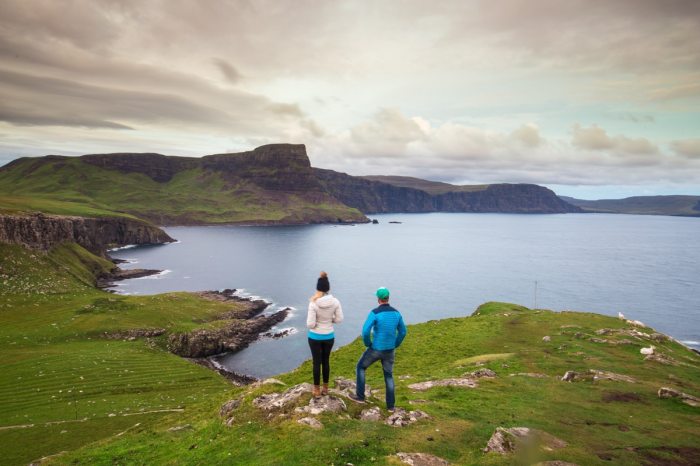
Skye, a Scottish isle steeped in dramatic landscapes and rich wildlife, offers unparalleled photographic opportunities. From the rugged peaks of the Cuillin to the tranquil lochs, the island’s diversity provides a vibrant canvas for capturing stunning images. This exploration delves into Skye’s photographic potential, highlighting its unique characteristics and popular spots, setting it apart from other Scottish destinations.Skye’s diverse terrain, ranging from towering mountains to whispering glens and cascading waterfalls, provides a wealth of subjects for photographers.
The interplay of light and shadow, the intricate patterns of clouds, and the ever-shifting moods of the landscape contribute to the unique charm of Skye’s photographic potential. This is more than just a backdrop; it’s an active participant in the photographic process.
Locations for Photography
Skye’s varied topography provides diverse locations for capturing captivating images. From the dramatic cliffs of the Trotternish Peninsula to the serene beauty of the Quiraing, the island offers a plethora of locations for photographers. The sheer variety of scenes, from dramatic mountain ranges to picturesque coastal areas, ensures there’s something for every photographer’s style. The interplay of light and shadow, the interplay of sky and sea, and the constant shifts in the landscape provide an unending source of inspiration for capturing breathtaking moments.
Wildlife Photography
Skye is home to a rich variety of wildlife, providing exciting opportunities for wildlife photography. The island’s diverse habitats support a population of red deer, seals, and various bird species. Early mornings and late afternoons often offer the best light for capturing wildlife in action or at rest. The subtle colors of the early morning and the golden hues of the late afternoon enhance the beauty of these moments, making them perfect subjects for photographic exploration.
Architectural and Cultural Photography
Skye boasts a rich history, evident in its charming crofts, historic settlements, and traditional stone structures. The island’s unique architectural heritage provides a unique opportunity for photographers to capture the essence of Scottish culture. The traditional stone walls, the distinctive style of Skye’s houses, and the historic remnants offer a glimpse into the island’s past. The interplay of light and shadow on these structures, coupled with the surrounding landscape, creates captivating photographic compositions.
Popular Photographic Spots
- The Quiraing: This dramatic landscape, with its unique rock formations and dramatic vistas, offers stunning photographic opportunities. The play of light and shadow across the rugged terrain creates captivating images, making it a favorite among photographers.
- Old Man of Storr: Known for its imposing silhouette against the backdrop of the Cuillin mountains, this iconic rock formation provides a dramatic setting for capturing the essence of Skye’s rugged beauty. The interplay of light and shadow enhances the visual impact, making it a sought-after location.
- Fairy Pools: The crystal-clear waters and surrounding scenery of the Fairy Pools create a serene and picturesque setting for photography. The interplay of light on the water’s surface and the vibrant colors of the surrounding foliage create an enchanting ambiance for capturing images.
- Trotternish Peninsula: This scenic peninsula offers breathtaking coastal views, rugged cliffs, and dramatic sea stacks, providing a diverse range of photographic opportunities. The interplay of land and sea creates a dramatic backdrop for capturing the essence of Skye’s wild beauty.
- Neist Point: This dramatic headland offers stunning coastal views and the opportunity to capture the rugged beauty of Skye’s coastline. The interplay of light and shadow on the cliffs and the constant movement of the sea provide ample subjects for photography.
Comparing Skye to Other Scottish Destinations
Skye’s unique selling points for photographers include its diverse range of landscapes, from rugged mountains to tranquil lochs, offering a broader range of photographic opportunities than other destinations. The dramatic lighting and varied scenery provide opportunities for creating unique compositions. Its isolation and remoteness contribute to its distinct character and offer photographers a sense of adventure and discovery.
Last Word: Photographing Isle Of Skye Scotland
In conclusion, photographing Isle of Skye Scotland is a journey of discovery, showcasing the power of light, color, and composition to capture the essence of this remarkable island. From the dramatic landscapes to the captivating wildlife and charming architecture, Skye offers endless opportunities for photographic exploration. Armed with the tips and techniques discussed here, you’ll be well-equipped to plan your own unforgettable photo adventure.
Remember to embrace the unpredictable weather, plan your shots carefully, and most importantly, enjoy the experience!
